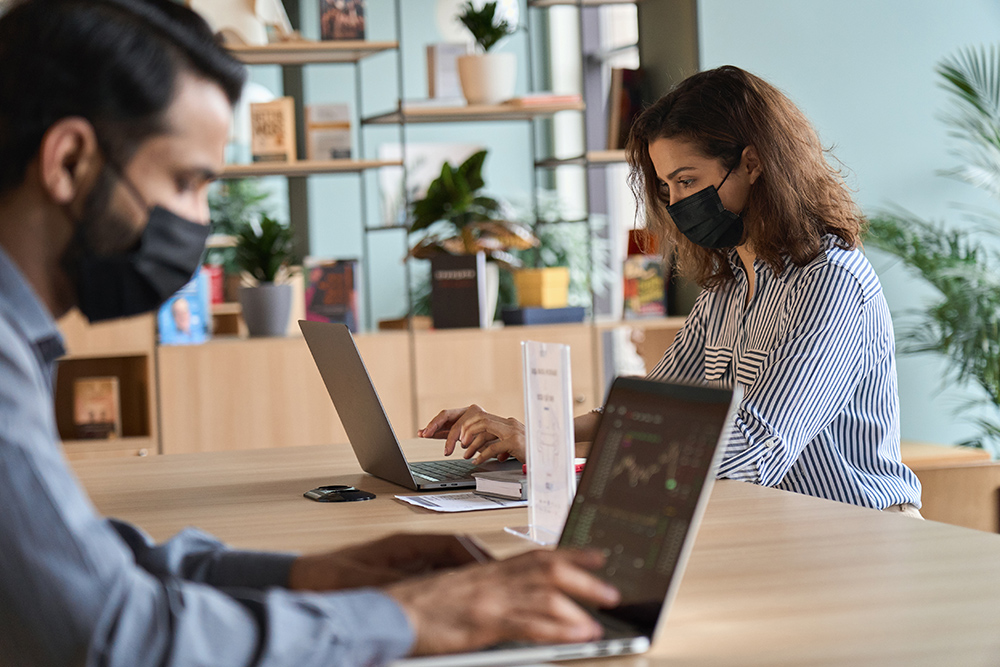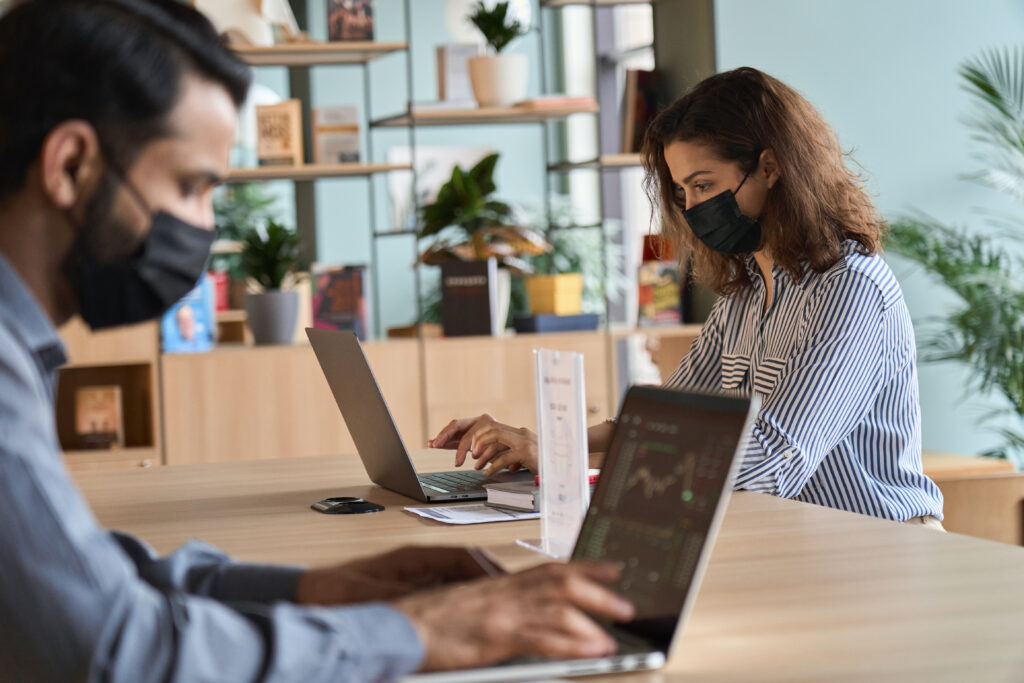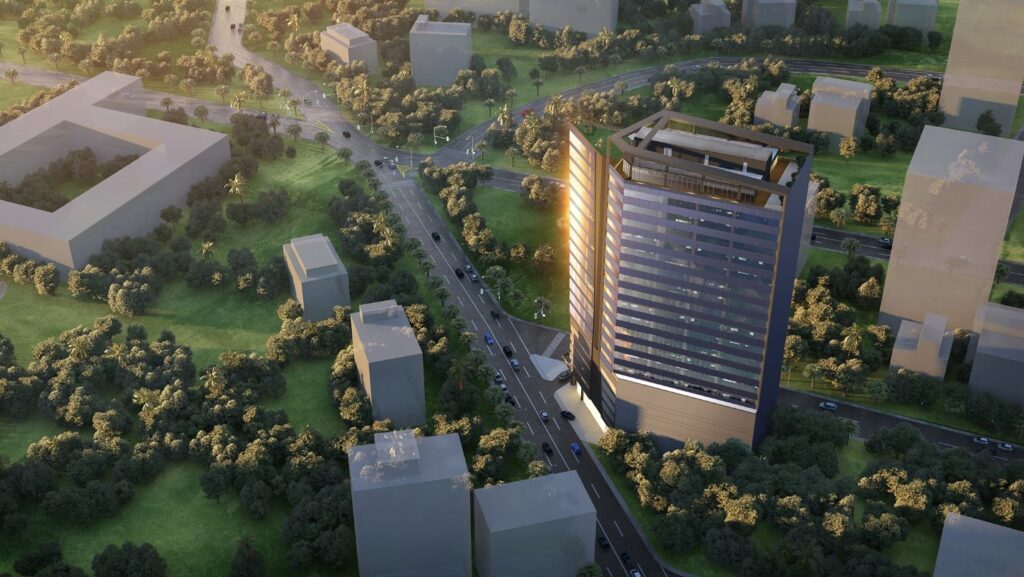As the world continues to battle the global health crisis, people realize the importance of safer and healthier spaces. While most businesses implement a more flexible working arrangement and offer remote work options, companies can take notes and prepare for the reopening of the economy in the post-pandemic era.
Health experts and workplace strategists agree that office will no longer be the same in the new normal. And while it might look like a momentous change, property owners and developers can take advantage of the opportunity to design better and safer workspaces for their employees.
Better, safer, and healthier safe spaces require a few “must-haves” to ensure the overall well-being of its occupants.
Future-proof Workplace
With more employees being health-conscious, a future-proof workplace successfully incorporates sustainability, sophistication, and safety in its design and layout. Premium office spaces provide an additional layer of protection to its tenants against the virus and other threats to their holistic health.
Structural and technological upgrades help boost confidence and peace of mind, enforce protocols, and track activity for tenants to feel safer and be inspired at work.
Smart Technology and Automation
According to an article in June, many Filipino employees still look forward to returning to the office once their safety and health are guaranteed to be protected in the workplace. Research also shows that employees feel safer when common touchpoints are lessened or eliminated.
Smart offices are workspaces that utilize automated processes to enhance building operations, from air conditioning and heating, lighting, and security. All of these conveniences will start to be the standard in eliminating and reducing risks after the recent pandemic and other health threats.
READ MORE: Pushing Sustainable Offices: Leveraging smart technology for safety, productivity
Going contactless or touchless is one of the key features to consider for the smart office. Sensors, access cards, or recognition software can be utilized in the entry to and exit from the premises and its amenities. This will help reduce the risks of contamination and transmission in these spaces.
Office and commercial buildings that utilize top-grade amenities, such as JEG Tower @ One Acacia, protect its tenants by going limiting contact points in the workspace and shared areas. Tenants and visitors can enter through automatic sliding doors where they can scan QR codes for a hassle-free registration. In common area bathrooms, automatic faucets and flushing will be installed to make it hands-free or remove unnecessary surface contact.

Hospital-grade Environment
Diseases and viruses spread fast inside enclosed, poorly ventilated spaces like the office. In the longer term, many experts say that ensuring office spaces provide a ‘hospital-grade’ environment is more ideal for building owners and landlords.
JEG Tower @ One Acacia, utilize the Minimum Efficiency Reporting Values or MERV filters that can capture particles in the air from 0.3 and 10 microns (µm). Higher value in MERV ratings leads to better filtration, fewer dust particles, and other airborne contaminants. It promotes a healthy breathing environment, and it will not allow the growth of bacteria, mold, mildew, or fungi. Some MERV filters can even filter pollen, dust, and microscopic droplets in the air to a certain extent.
RELATED: Why JEG Tower is the perfect new normal workplace
Premium-grade office developments, such as JEG Tower @ One Acacia, are pivoting their office re-entry strategies and offering safer and healthier spaces for businesses and tenants. This 22-storey green commercial development in Metro Cebu uplifts the health and wellness of its tenants.
Want to learn more about JEG Tower @ One Acacia? Contact Lorenzo Rodriguez at (+63) 917-825-6884. For inquiries and more information, call us at (+63) 2-8403-5519 or send an email to info@kmcmaggroup.com.





